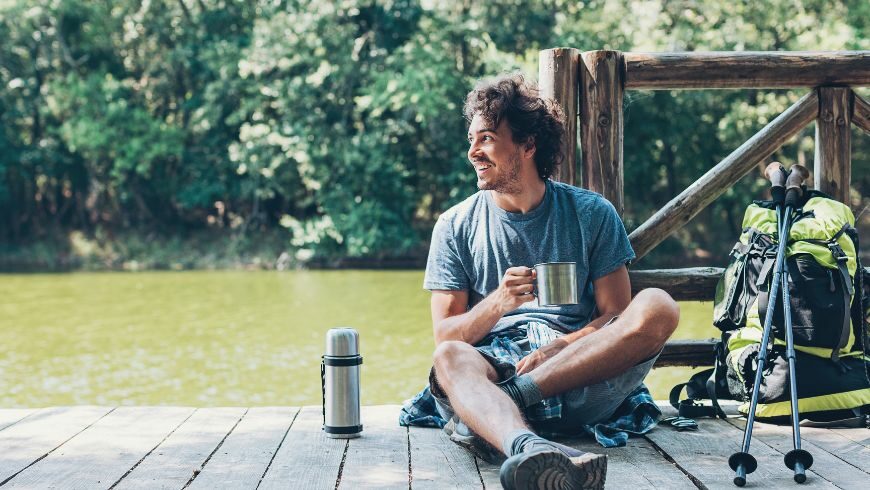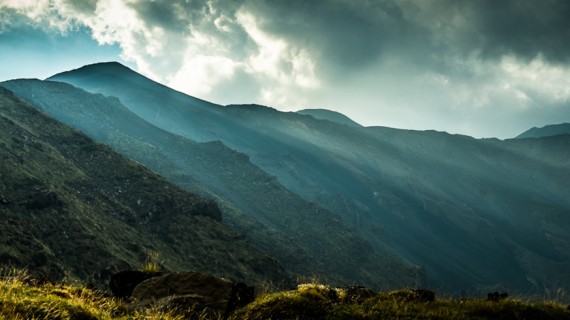Early in the 1990s, the idea of incorporating the sustainable development paradigm into the tourism industry emerged. As a result, sustainable tourism quickly gained popularity in academic circles. Also, it gained popularity in research, the tourism industry, business, and practice.
Sustainable tourism, as a matter of principle, separates itself from mass tourism. It only identifies with contemporary tourist forms. Thus, mass tourism is the antithesis of sustainable tourism.
A constructive strategy intended to lessen conflicts and frictions. It has been brought about by the complex connections between the tourism sector and visitors. Also, between the environment, and local communities serving as hosts of tourists.
Thus, tourism and associated infrastructures operate within natural capacities. They account for the regeneration and future productivity of natural resources. They recognize the contribution that people and other species have. The contribution to the regeneration and future productivity of natural resources.
The Principles of Sustainable Tourism

- Communities, traditions, and ways of life enhance the tourism experience. It’s possible only if they receive a fair part of the financial benefits. The preferences of the host regions’ inhabitants and communities are considered. It is done while making these judgments. It reduces the adverse effects of tourism on the environment to achieve ecological sustainability. This is done by helping to preserve and improve conservation. It returns a portion of the money earned to the protected area.
- Tourism-related activities must have as minimal of a negative impact. It accounts for the impact on the neighborhood and its citizens to achieve social sustainability. The creation of tourism forms that don’t interfere with and upend the daily routines of residents. Neither in the tourist destination, preventing contentious interactions
- Tourism-related activities should have as little of a negative impact as possible. It talks about their impact on the local population’s cultures, traditions, and customs. This helps in achieving cultural sustainability. Travel tours should be an enriching experience.
- Creating a segment of the tourism industry is considered. It can assess the uniqueness and authenticity of regional cultures. They should be conserved and prevented from being influenced by “external” cultural influences.
- Increasing the local population’s economic gains from tourism development to achieve economic sustainability. The preservation and economic growth of regional communities and protected areas are fundamental tenets of sustainable tourism.
- Education, readiness, and knowledge.
- Improving the tourist’s attitude toward the environment. Minimizing the damage through better awareness and consideration of the impact he creates.
- In addition to the interpretation component, this also includes an ecological education component, which is vital from the standpoint of the product and of the local administrations (for tourists, locals, local government, rural and urban population, etc.).
- A crucial component of sustainable tourism is local control. All decisions relating to developing a sustainable tourism industry involve and consult the local people. They involve those who actively participate in decision-making.
- The important element is local proprietorship over tourism infrastructure elements like motel complexes. Local government and the community are active participants and in command. It applies especially when it comes to their financial resources.
- What guarantees and enforces the principles of sustainable development in the tourism industry? A proper mentality, a firm stance and laws and regulations.
Conclusion

The main principles of tourism have been mentioned above. Sustainable development has at least been beneficial in planning tourism activities. Despite being a very theoretical concept and somewhat debated due to its difficulties, it’s really being put into reality.
Cover image: photo via canva PRO

Author Bio: Emily Johnson works as a content writer at perfect essay writing. She has a great passion for producing informative content. Her research and analytical skills are commendable.




